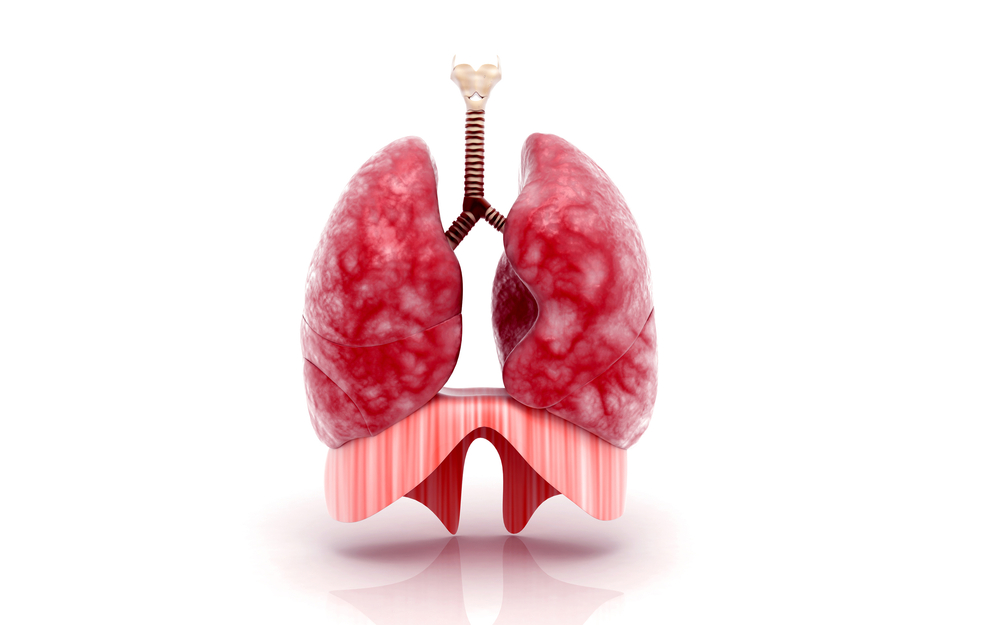New policies to facilitate international cooperation in sharing pediatric donor lungs could result in doubling the number of lung transplants in young patients in the United States, according to a study published in the American Journal of Transplantation.
“Children are dying while waiting for an organ. Geography should be one less barrier to pediatric patients receiving a potentially life-saving transplant,” said Dr. Maryam Valapour, MD, senior lung investigator for the Scientific Registry of Transplant Recipients (SRTR), director of Lung Transplant Outcomes at Cleveland Clinic, and the senior author of the study. “We believe these changes will give young patients more access to transplants and will result in organs getting to the sickest patients first.”
The Organ Procurement and Transplantation Network (OPTN), the organization responsible for transplant policy, is currently reviewing four alternatives to the current pediatric lung allocation policies that were tested by Dr. Valapour and her team and specifically designed to improve pediatric access to donor lungs.
For the four alternative allocation models, adolescent donors and candidates ranged from ages 12 to 17, children donors and candidates were younger than age 12, and the adults were age 18 or older.
Currently, donors and candidates are first matched based on their geographic proximity and age. Donor lungs are offered first to candidates near the donor hospital. If none are close by, candidates for the donor lungs are sought farther out, with searches expanding in 500-mile radius increments. Age-matching candidates receive priority for donor lungs within a 1000-mile radius — starting with children, adolescents and then adults on the priority rank.
The research team used the Thoracic Simulated Allocation Model (TSAM) to study different models that allowed a wider geographic sharing of pediatric donor lungs. The program uses actual candidates and donors to create recipients of simulated organ availability. The data included 5,907 lung and 141 heart-lung candidates listed for transplant between July 2009 and June 2011.
Results of the study show that two of the allocation models resulted in significantly more transplants for pediatric patients. One model focused on broader sharing of adolescent and child donor lungs by increasing the radius up to 1,000 miles beyond the local region before offering them to local adults. This particular allocation model more than doubled the amount of adolescent transplants, from 206 transplants under the current rules to 461 transplants per 100 patient-years on the waiting list.
The other model prioritizes children over adolescents for adolescent donor lungs and broadened child access to these donor lungs from the local region to a 1,000-mile radius. This resulted in 388 adolescent transplants per 100 patient-years on the waiting list, and a probable increase in transplant rates for children.
At the same time, adult transplant rates didn’t show adverse effects in adult waiting-list mortality or one-year post-transplant mortality, contributing to claims that a change in policy would only be beneficial.

